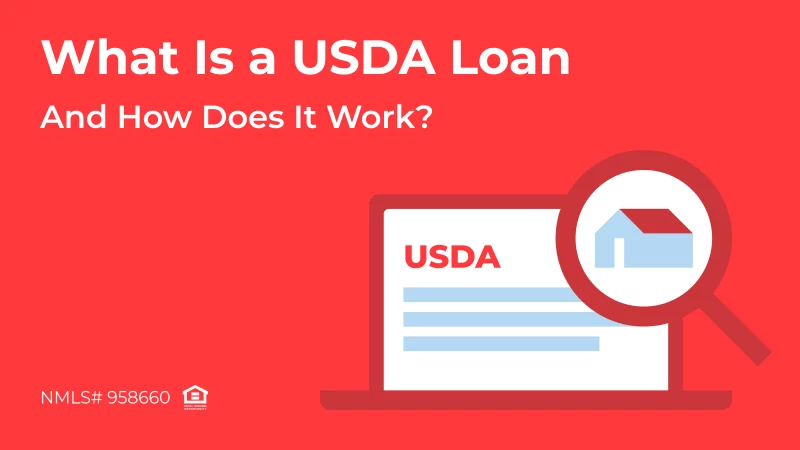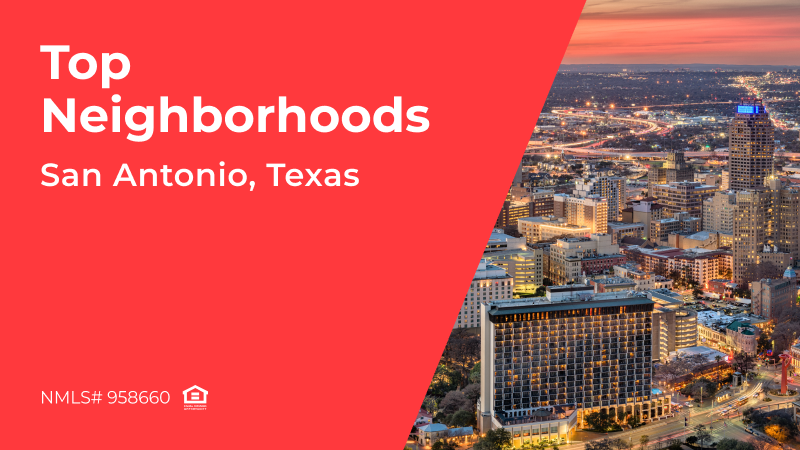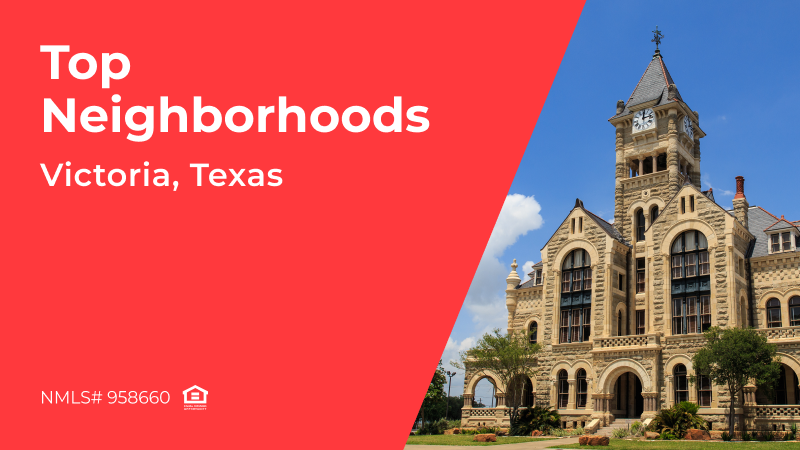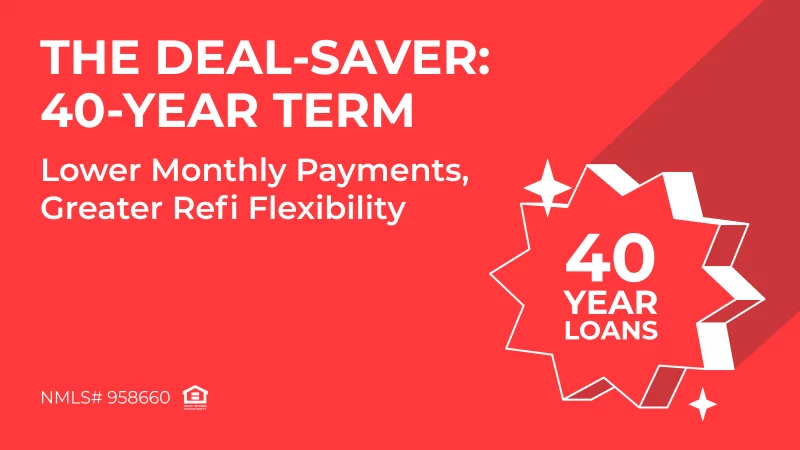
What is a USDA loan? Backed by the U.S. Department of Agriculture, the USDA loan program supports low- and moderate-income borrowers in buying homes in eligible rural areas.
This article provides a clear, broker-centered overview of this mortgage program, helping you confidently guide your clients through the process. Ahead, we explore the types of USDA loans and their requirements.
USDA Loan Basics
USDA loans are designed specifically to assist borrowers that face income challenges in certain rural and suburban areas. These loans are backed by USDA Rural Development, an agency within the USDA that aims to strengthen housing, infrastructure, and economic opportunities in rural areas of America.
These loans typically offer flexible credit score guidelines and do not require a down payment, making it more accessible for families on a budget to achieve homeownership. Additionally, the program supports the development of rural areas and creates strong, stable communities.
Types of USDA Loans
The most common USDA loans are Guaranteed and Direct loans. These mainly differ by issuing institution, repayment terms, interest rates, and borrower income. There are also less widely used programs focused on repairs, housing construction, and rental assistance.
Guaranteed Loans
Guaranteed loans, officially called Section 502 Guaranteed Loans, are the most frequently used option in the USDA program. These mortgages are issued by approved lenders, and the USDA guarantees up to 90% of the loan if the borrower defaults.
Designed for low- and moderate-income buyers, guaranteed loans offer favorable conditions – such as no down payment, flexible credit guidelines, and lower interest rates.
Direct Loans
Unlike guaranteed loans, Section 502 Direct Loans are funded and serviced by the USDA. This program supports very low- and low-income households that may not be able to qualify for conventional loans.
Direct loans come with strict income limits, where loan amounts depend on the borrower’s ability to repay and the housing costs in the area. The loans feature no down payment requirements, longer repayment plans, and subsidized interest rates.
Other Loans
In addition to Guaranteed and Direct Loans, the USDA offers other housing programs. For example, the Single Family Housing Repair Loans & Grants, or Section 504 Home Repair Program, helps low-income families finance essential repairs, remove safety hazards, and improve their properties.
Requirements Brokers Should Know
Understanding the USDA loan eligibility requirements helps brokers quickly assess whether their clients can qualify for these loans. Here is a quick list with explanations:
- Income Limits. The borrower’s household income must not exceed 115% of the Area Median Income (AMI). Brokers can check limits for Guaranteed Loans here.
- Property Eligibility. The property must be located in approved suburban or rural areas. The interactive USDA eligible areas map helps brokers ensure the location fits the requirements. Additionally, the property must serve as a primary residence. Secondary and investment properties are not eligible.
- Credit Score. The USDA doesn’t set a minimum FICO score for its programs, but lenders typically require a score of 640 for streamlined approval.
- Debt-to-Income (DTI) Ratio. Generally, USDA requires a front-end (housing expenses) DTI of 29% or less and back-end (total debts) DTI of 41% or less. However, if the borrower has strong compensating factors, exceptions may apply.
USDA Loan Costs
USDA loans are usually more affordable for buyers, both upfront and monthly. They do not require private mortgage insurance (PMI). Instead, the borrower must pay a USDA guarantee fee of 1% upfront and 0.35% annually.
The closing costs include standard fees and can be seller-paid. Seller concessions can cover up to 6% of the loan amount.
Compared to FHA and Conventional loans, USDA loans do not require a down payment and typically have lower ongoing costs. Therefore, for eligible borrowers, they are typically a better, more affordable option.
Why Brokers Should Offer USDA Loans
USDA loans are a powerful product that help brokers grow their client base by helping low- and moderate-income homebuyers. Those who might not qualify for traditional loans can achieve homeownership through a USDA mortgage.
Beyond that, there are several reasons why adding these loans to your portfolio is a smart idea:
- Expands Your Pipeline. Rural and suburban areas usually have fewer financing options, and USDA loans help create an opportunity for underserved borrowers. Therefore, people who might otherwise rent a house, and never become your clients, can purchase their own property instead.
- Differentiates Offerings. Unlike FHA or conventional loans, USDA loans allow for $0 down payments. This makes this option especially attractive to first-time homebuyers and positions brokers as solution-oriented professionals, capable of helping clients with limited savings.
- Build Long-Term Relationships. Finding an option that aligns with the borrower’s goals creates client trust and loyalty. Since USDA loans are typically the first step toward long-term well-being and financial stability, the chances that satisfied clients will return and refer others are high.
FAQ
What is the Income Limit for USDA Loans?
USDA loan income limits depend on the property location, household size, and are capped at 115% of the Area Median Income (AMI). Keep in mind that eligibility is based on combined household income, not just the borrower’s.
Do USDA Loans Require PMI?
No. Instead, the borrower must pay the ‘guarantee fee’, which is 1% of the loan amount and paid upfront. It can be financed into the loan, and 0.35% of the loan amount is paid annually through monthly payments.
Can You Use a USDA Loan for Investment Property?
No. USDA loans are limited to primary residences only and cannot be used for secondary residences or investment properties.
What Properties Qualify for USDA Loans?
To qualify for a USDA loan, the property must be located in USDA-designated rural or suburban areas and serve as the borrower’s primary residence. Eligible property types include 1-unit single-family homes, condos, PUDs, and manufactured homes.
What Credit Score Do You Need for a USDA Loan?
Although the USDA doesn’t set the minimum credit score, private lenders typically require a FICO score of 640.
Key Takeaways
- USDA loans are government-backed mortgages that help borrowers purchase properties in eligible rural and suburban areas, with affordable loan terms and no down payments.
- For brokers, USDA loans are a powerful tool to reach more clients and close more deals.
Conclusion
Answering the question in short: USDA loan is often the most affordable option for low- and moderate-income households to purchase primary residences.
To help brokers streamline the closing process, AD Mortgage offers the AIM Broker Portal. Its broker-focused tools – including the LEADer CRM, ADvantage loyalty program, and the Learning Center, – support partners at every step of the process.


